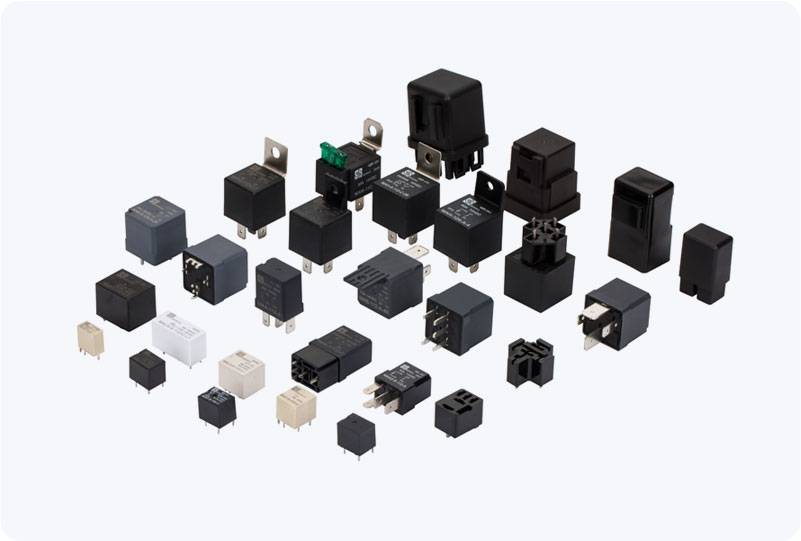Communication relay is a vital component of modern telecommunications that plays an essential role in expanding signal reach, improving network performance, and overcoming geographical or infrastructural challenges. Whether it’s a satellite relaying signals across continents, a wireless relay boosting Wi-Fi coverage, or an optical fiber relay enhancing internet speed, communication relays are at the heart of modern communication infrastructure. This article explores the concept of communication relay, its types, applications, and benefits in a variety of contexts.

What is Communication Relay? At its core, communication relay refers to the process of transferring information from one point to another via intermediary nodes or devices, known as relays. These relays can be hardware devices or software systems that receive, amplify, and transmit signals over a distance. The main purpose of communication relays is to extend the range of communication networks, mitigate signal loss, and enable uninterrupted transmission even in remote or obstructed areas. The relay process may involve a direct signal transfer or a process where the signal is amplified, modulated, or otherwise adjusted before transmission. Communication relays have been implemented across various platforms, from wired networks like fiber optics to wireless systems such as Wi-Fi and satellite communications.